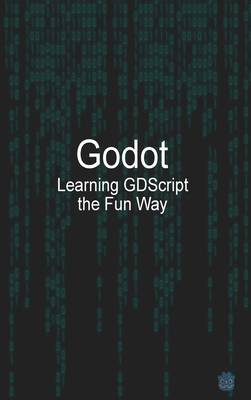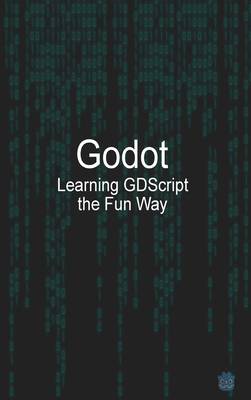
- Retrait gratuit dans votre magasin Club
- 7.000.000 titres dans notre catalogue
- Payer en toute sécurité
- Toujours un magasin près de chez vous
- Retrait gratuit dans votre magasin Club
- 7.000.000 titres dans notre catalogue
- Payer en toute sécurité
- Toujours un magasin près de chez vous
Description
This book is split into three main sections divided up as followed: Part I: In the first part of this section, you'll learn basic programming concepts, such as variables, lists, classes, and loops, and practice writing clean code with exercises for each topic. You'll also learn how to make your programs interactive for the user. In the second section, you'll put your new knowledge into practice with a few projects including: a game and using APIs. In the third section, you'll be able to read about all the potential error codes and what they mean in addition to some tips on how to write clean code. Part II: Now that you have a core understanding of programming and are familiar with using the GDScript programming language, you will learn how to create you android applications. Here you will learn about the native libraries that are available to you, creating keys, signing your application, requesting permissions, how to use some of androids built in features such as notifications and using images. You will also learn how to connect and use google play services. Part III: This section takes you through building twelve projects that are all left open to being improved. This allows the user the opportunity to add more features and build their own unique interfaces while having the both the code core done and a basic UI required. Throughout this section the user will learn how useful features such as making their own basic encryption program as well as learning about Object Oriented Programming. The user will take these in addition to learning how to work with an API and have all the skills to start coding their own projects. If the user has not gone back to add on to the book's projects, there will be suggestions as to how they can improve upon what they have already made to make them more suitable to a portfolio. From here you can take your coding future in the direction of building more games, or focusing on building tools and software. Both of these branches have recommended projects and direction to continue your education.
Spécifications
Parties prenantes
- Auteur(s) :
- Editeur:
Contenu
- Nombre de pages :
- 472
- Langue:
- Anglais
Caractéristiques
- EAN:
- 9781387861958
- Date de parution :
- 21-07-22
- Format:
- Livre relié
- Format numérique:
- Genaaid
- Dimensions :
- 152 mm x 229 mm
- Poids :
- 793 g







